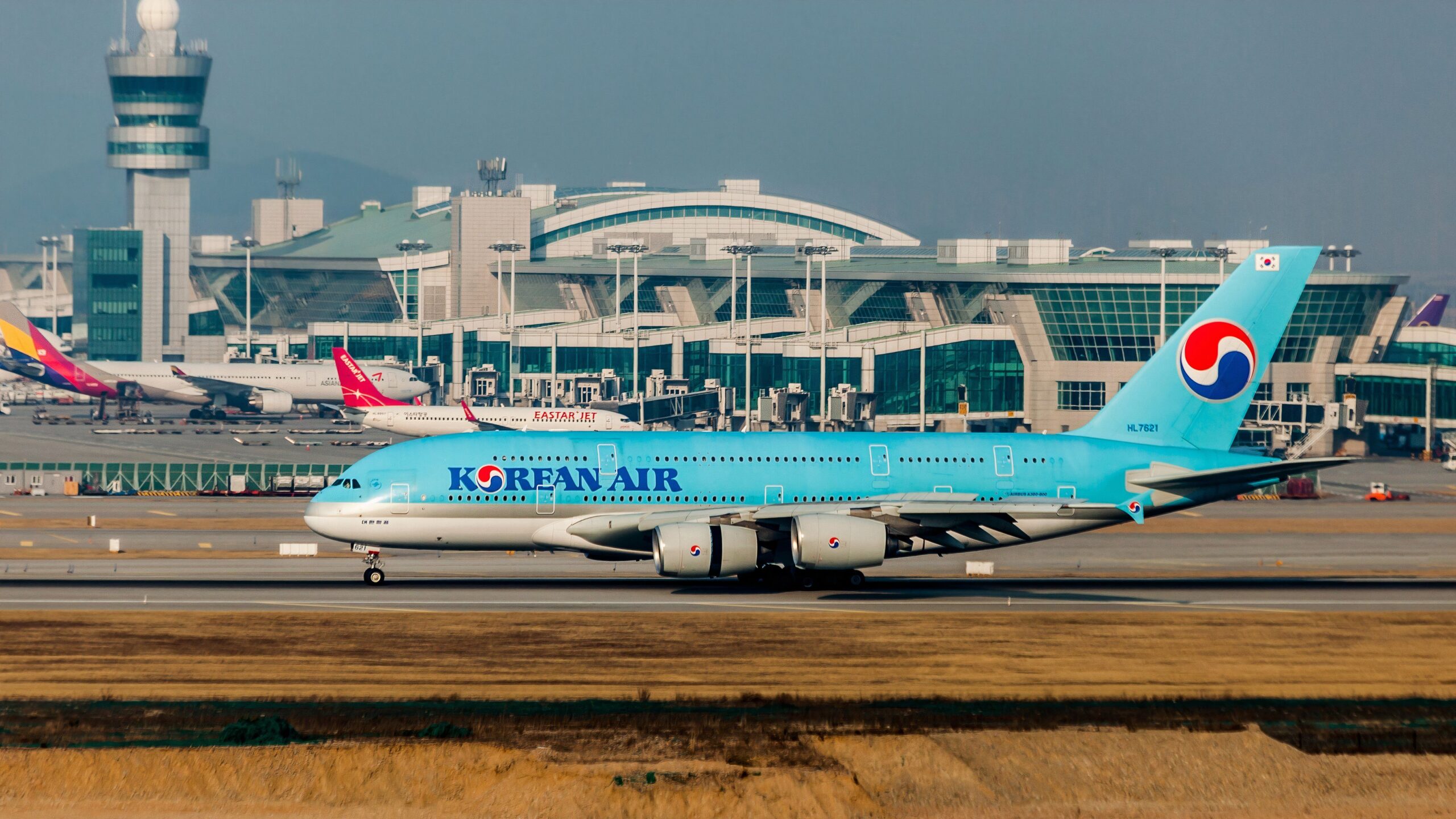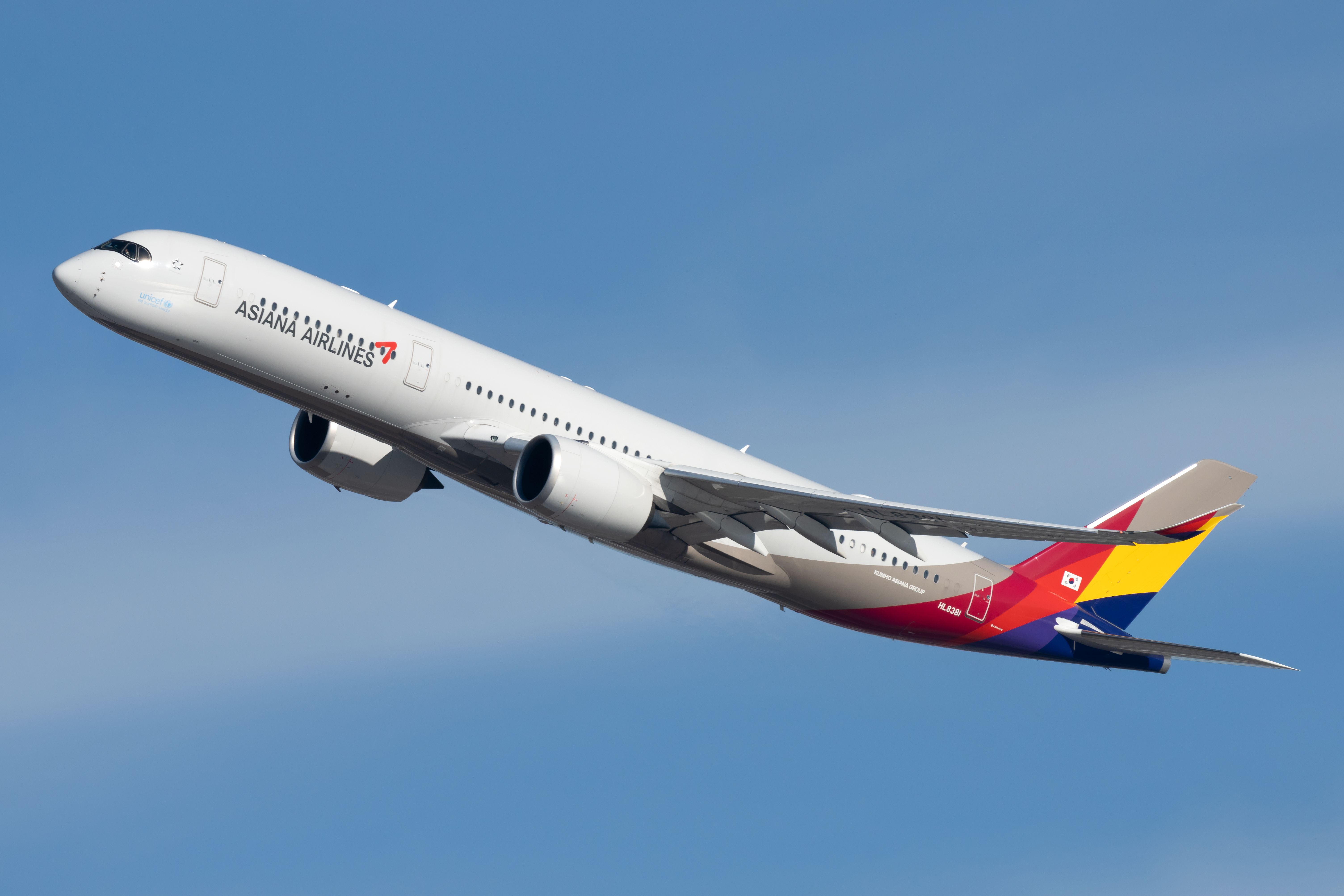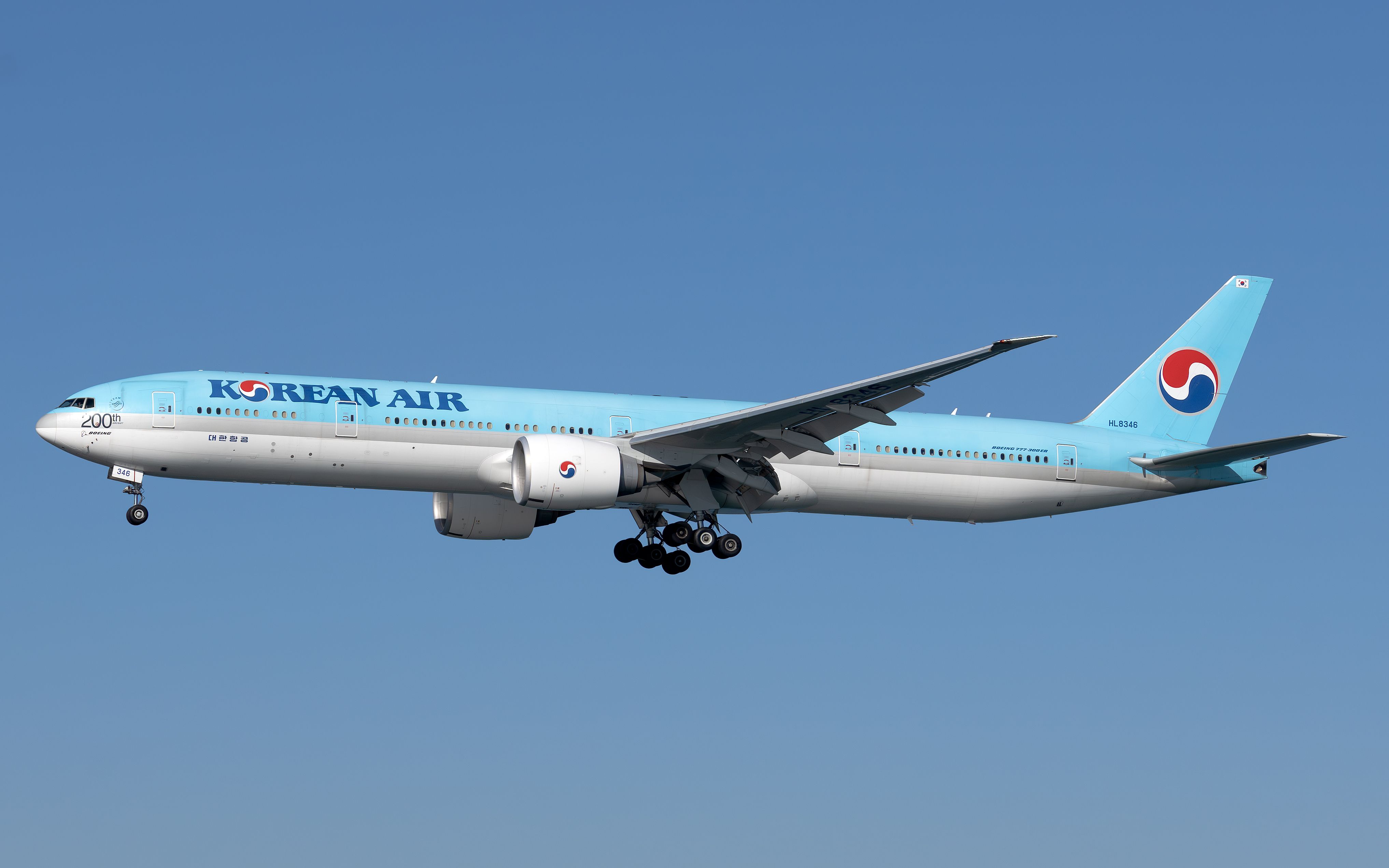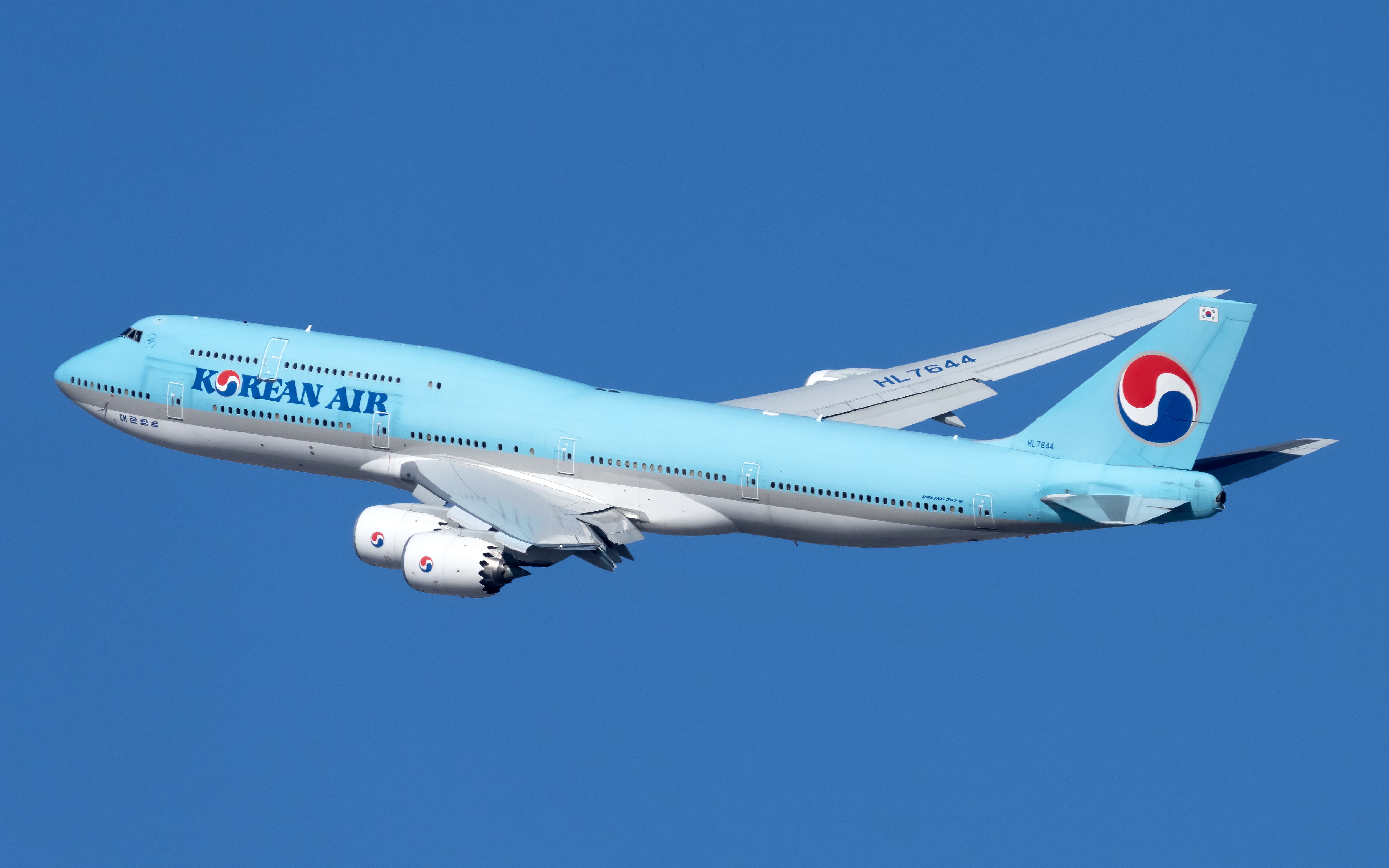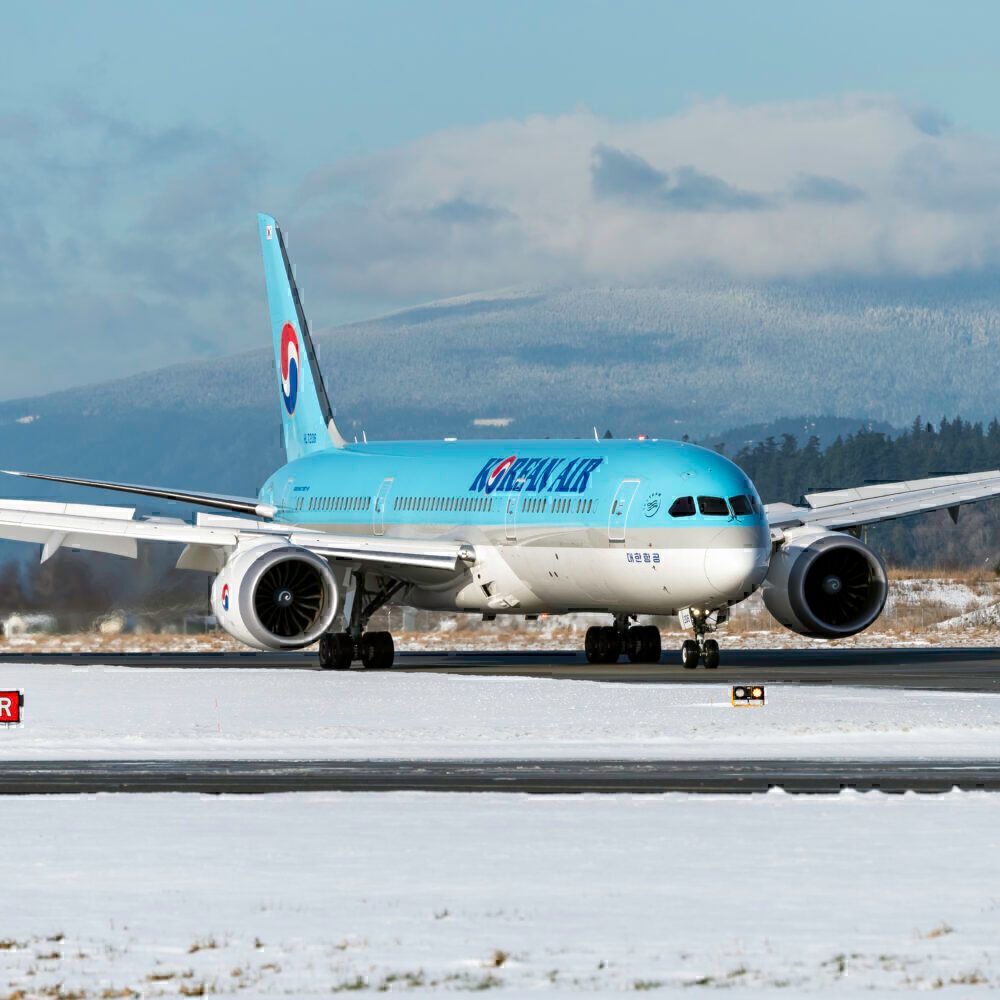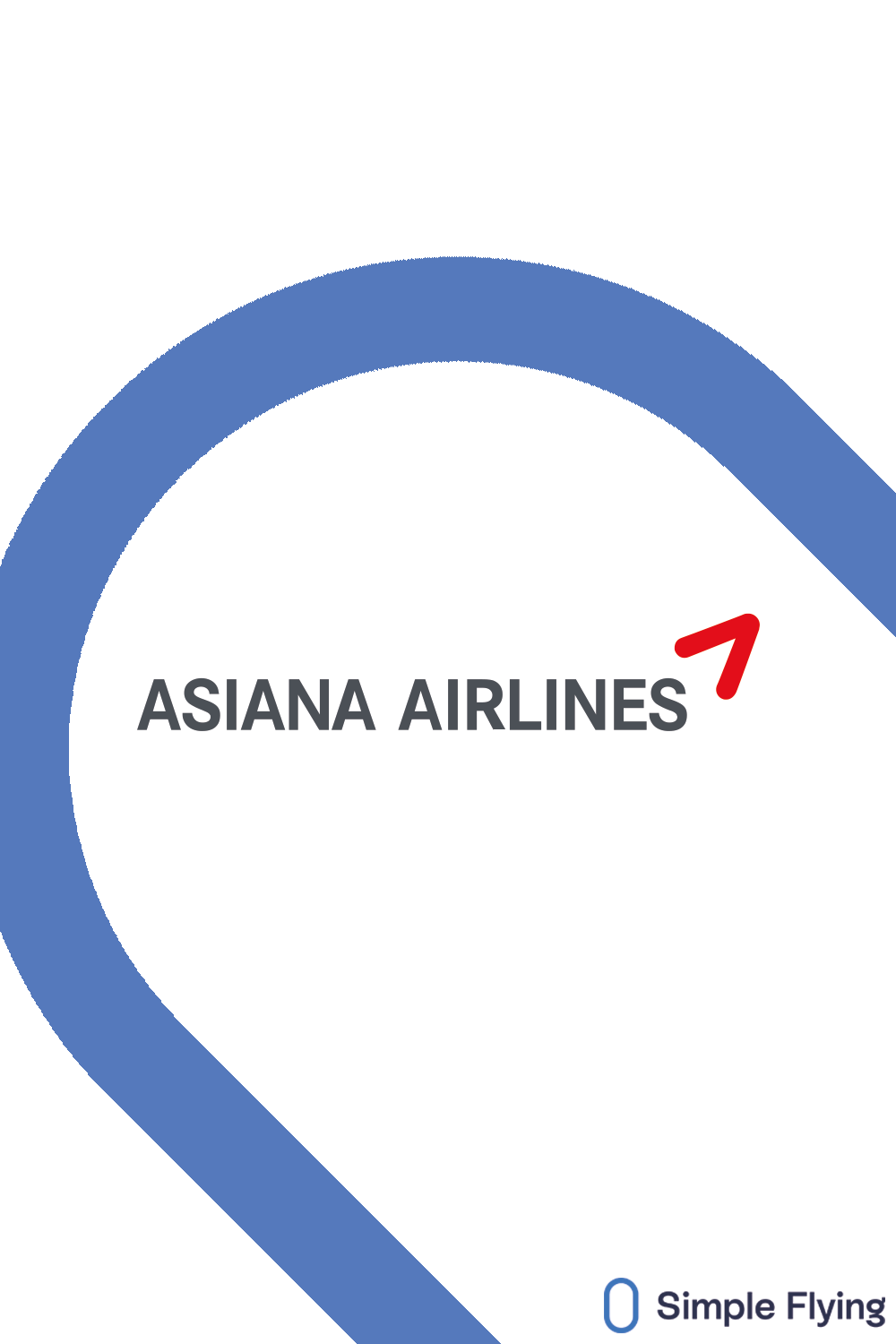Summary
- South Korean airlines saw record-high passenger numbers in H1 2024, with a 29% increase compared to H1 2023.
- International networks (up by 43%) saw stronger growth than domestic networks (up by 12%).
- Korean Air aims to acquire Asiana but requires US Department of Justice’s approval.
South Korea’s largest carriers saw record-high passenger numbers during the first half of 2024, topping 47 million flyers. These numbers are based on the number of passengers carried by 10 different airlines based in South Korea, of which two are full-service network carriers, and the remaining eight are low-cost carriers.
Record-breaking H1
The passenger traffic for South Korean airlines was released by the Korean government on Monday, and according to The Korea Times, the first six months of 2024 saw immense travel demand within South Korea’s domestic and international markets. The 10 airlines based in the country have carried a combined total of 47.56 million passengers during the past six months, which is 29% more passengers carried during the same period in 2023 (36.83 million passengers).
Of the total number of passengers flown by these airlines, 18.15 million passengers (38%) traveled within the airlines’ domestic network, while the remaining 29.51 million passengers (62%) traveled outside the country on the carriers’ international networks.
Photo: Vincenzo Pace | Simple Flying
When compared to data from H1 2023, there has been a significant rise in passenger travel within the international networks of airlines.
|
Networks |
H1 2024 |
2023 – 2024 Change in passenger numbers (%) |
|---|---|---|
|
Domestic |
18.15 million |
+12% |
|
International |
29.51 million |
+43% |
Data suggests that a significant portion of the increase in passenger numbers is due to low-cost carriers increasing services to regional destinations within Southeast Asia. Following the current trends in the rise of passenger numbers, it is forecasted that the passenger numbers will exceed 100 million by the end of 2024, beating the pre-pandemic record of 93.47 million.
The following are the 10 airlines based in South Korea.
|
Full-Service Network Carriers (FSNCs) |
Korean Air |
Asiana |
||
|---|---|---|---|---|
|
Low-Cost Carriers (LCCs) |
Jeju Air |
Jin Air |
Air Busan |
Air Seoul |
|
T’way Air |
Eastar Jet |
Air Premia |
Aero K |
|
Korean Air remains the largest
While both Korean Air and Asiana are FSNCs, the former is the larger airline and, earlier this year, announced that the carrier had a very strong first quarter. While the airline recorded a 20% year-on-year increase in revenue, the profits also increased at a rate of 5% year-on-year.
Photo: Vincenzo Pace | Simple Flying
The airline also recorded a strong passenger recovery, with its network capacity almost at pre-pandemic levels except within the Chinese market. While the airline aims to continue network growth, it is also prioritizing route profitability by shifting capacity between its networks for better efficiency.
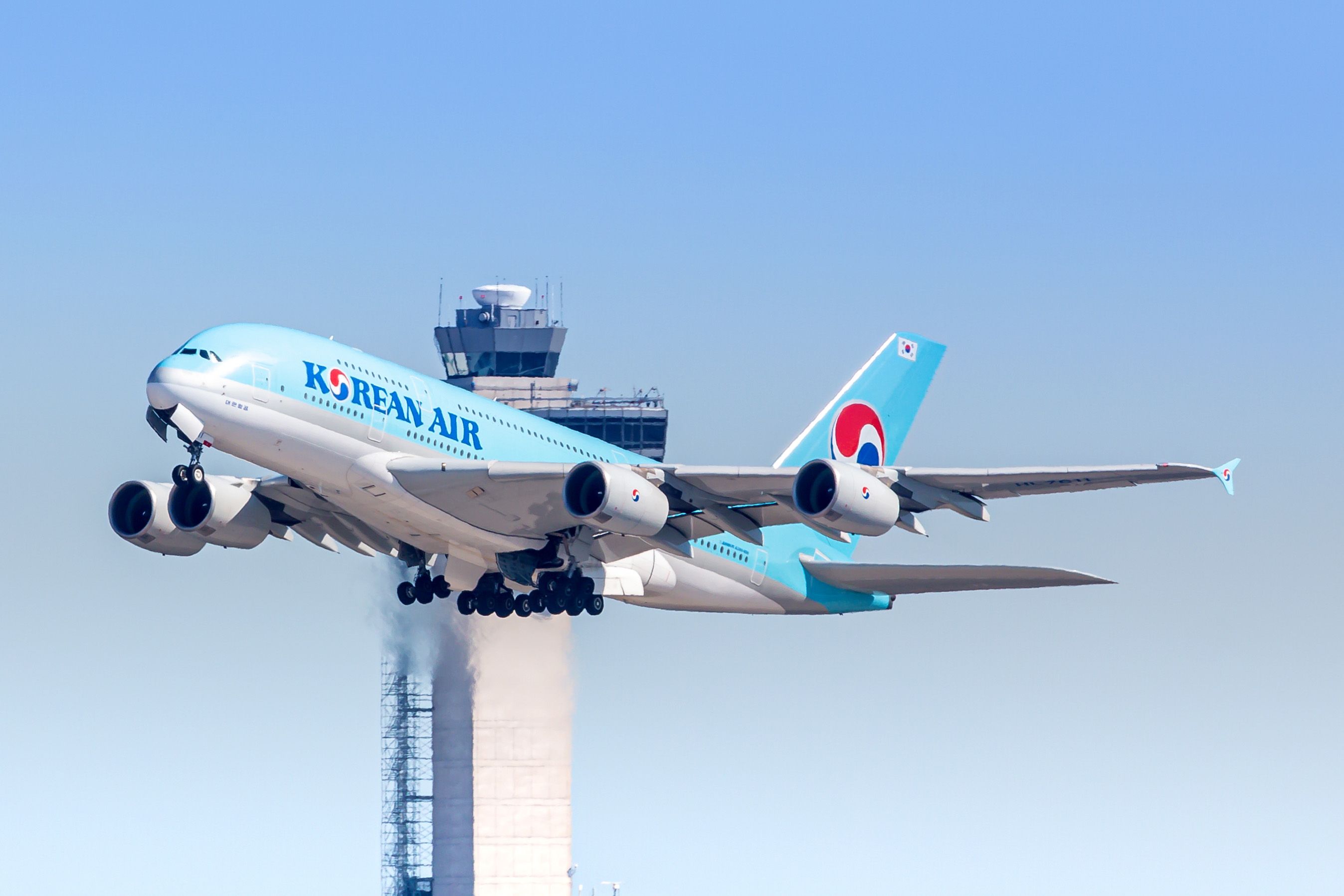
Related
Korean Air Reports $323 Million Profit With Strong Tourism Demand
The airline’s network has almost fully recovered with the exception of China.
In recent weeks, the airline also increased its capacity to London Heathrow by switching from its Boeing 777-300ER operations to the larger Boeing 747-8 services, thereby increasing the capacity on the route by 33%.
Aiming to join forces
Another important event on Korean Air’s horizon is the potential acquisition of the country’s second-largest airline, Asiana. While the acquisition has been in talks for years now, the two carriers have been working together and clearing objections raised by various consumer protection authorities to ensure competition is maintained, and the carrier does not gain a market monopoly.
Considering that if this deal were to happen, the resultant airline would become the 10th largest airline in the world, thus making it imperative that the airline does not gain a monopoly on markets.
Photo: Vincenzo Pace | Simple Flying
While the two carriers have gained approval from most major authorities, the airlines still require the green light from the US Department of Justice (DoJ). Considering that the market between Seoul Incheon International Airport (ICN) and the US is heavily dominated by Korean Air and Asiana, the two carriers becoming one entity would significantly reduce competition.
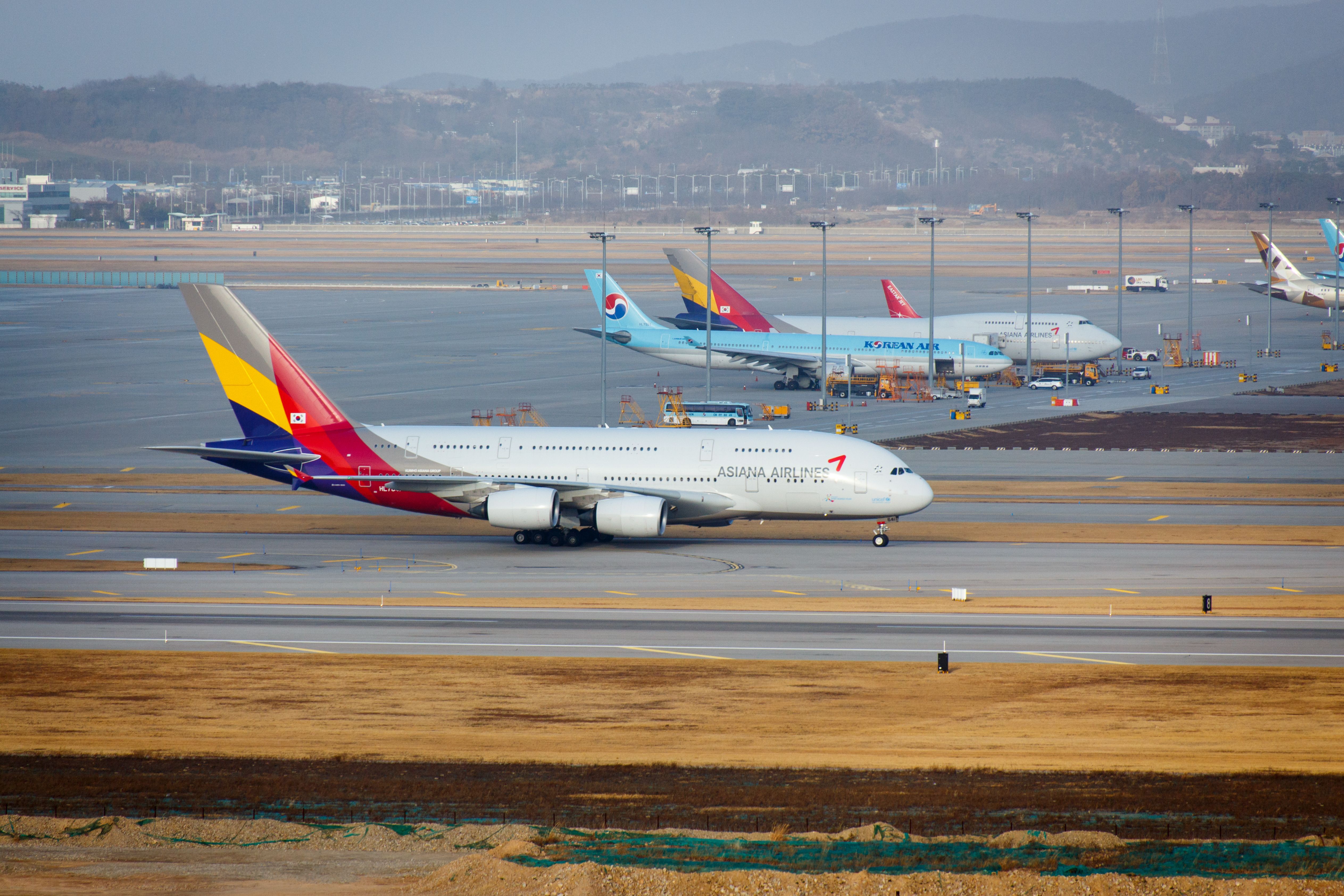
Related
US Department of Justice Eyes Lawsuit Against Korean Air Asiana Merger
Concerns over competition continue to hold up the merger.
The most probable outcome would be that Korean Air would have to agree to reduce certain services to the US, allowing US-based carriers to replace them. Chances are that United Airlines could potentially take over certain services since they will essentially lose their Star Alliance partner – Asiana, if the acquisition were to happen.

